The long shadow trend of today
Remember back in the mid-2010s when flat design was all the rage? Oh whoops, we still have five more years before we can look back objectively on this era of graphic design and really have an opinion on it. For now, we know flat design and long shadows are all the rage, with Apple basing the design of its new OS on it. To a degree, Apple’s decision seemed to stem not only from the design trend but technical considerations as well – complex textures embedded in the OS are a tax on memory. Simplifying the design can, in effect speed up performance.
They also seemed to be releasing the new design in lieu of say, an actual product, something that didn’t go unnoticed by Wall Street.
That said, let’s take a cursory look at recent graphic design history to put things into perspective.
Taking a look at design history
Although I got to play around while in my teens at the agency my mom worked for with traditional tools, my first professional experience coincided with the Macintosh’s quick takeover of the industry. However, talking about what it was like before this transition is important because before computers, designers could use “reverse type” (white on black or a photo) in an ad. But doing so required several complicated and easily-screwed up (at least by me) steps in a darkroom that we’d often only wish to do so if the client requested it. In fact, in David Ogilvy’s seminal book, one of his “rules,” still quoted verbatim without regard for changes in taste over the past 60 years, is to avoid reverse type. I often wondered if it was because, at the time, reverse type was just simply unprofitable.
When the Mac took over, all of a sudden we saw reverse type everywhere. Suddenly there were all sorts of possibilities that designers were capable of before, but often too time-pressed to produce by hand such as gradients on type, strokes on type and the like.
Since this transition from hand made designs to computer, many trends have actually been driven by new software capabilities than actual design skills. Inversely, many other trends are driven by a rebellion against the computer. Somewhere in the middle is using the computer to make designs that look like they were not made on the computer. In Apple’s case, the revision of the OS design is also a clean break from the leather and felt textures that were the more hippie-esque aesthetic that Steve Jobs enjoyed.
Computers allowed us to suddenly have access to design capabilities that were unthinkable. At the same time, like 80s synth pop, just because you could make a special effect didn’t mean its impact could stand the test of time. Once the novelty wears off, all you have left is the cringe you feel 5 years later when you look back at your work. Great design is timeless – when design is hitched to a trend, the designer has stolen the opportunity to create something that can last forever.
Photoshop filters are to blame
No bigger culprit in ghastly design has been Photoshop filters. When I had my first big-agency job, more senior creatives would pull out last year’s award show books and show me beveled type in award winning ads and demand I figure out how to make it. This was before adding a bevel to a layer with the press of a button was possible, largely because this was before you could add a layer to Photoshop. (I still get stunned looks from younger designers when I tell them how we’d simply save like 100 versions of a file to preserve all the different iterations.) No, back then you had to use Channel Ops, a complicated series of maneuvers in Photoshop, that, like doing reverse type on a stat camera, was easy to screw up and a giant pain in the ass.
It was only with the invention of layers and the button did effects like bevels and drop shadows begin to pollute design. Since then, there’s been a pendulum shift throughout the years back and forth from “simple” or “hand-drawn” design looks to more computer-centered effects. The flat design is merely the pendulum shifting far in one direction. It was only a few years ago that Web 2.0 design was featuring websites that largely looked like they were constructed by hand with distressed textures. We’re over it, so here’s the shiny new object.
Learning from history – is this just a fad?
So the pressing question: is flat design and long shadows just another fad? “A fad yes, but one of the biggest trends in design today. So big in fact, that the ideals behind it were adopted for Apple’s new iOS and in turn, produced one of the most poorly received interface designs (for a worldwide company) in a long time. People hate it. I hate it. And it just goes to show that if abused and misunderstood, the fundamentals of that design practice can be unsuccessful. It’s just not for everything.” says Austin Roesberg, Art Director/Designer at Catch24 Design in New York.
When deciding whether to follow a design trend, it’s important to understand whether it has longevity. “I think it’s ok to use ideals and principles from the design trend, but I don’t think that the full circle of shadows and pastel colors is always the best thing to latch on to. There are some great details that can come from the trend, but over time I think it’s only those details that will remain and the overall bells and whistles will fade away.” continues Roesberg.
Since both long shadows and flat design are not as aesthetically ghastly as heavy-handed filters of the past, it’s possible this could be a trend that’s here to stay, or evolve over time. “Personally, I like flat design but I most of my appreciation comes from the inspiration and ideas I think I can draw/repurpose from it. Not necessarily because I think it’s appropriate for all designs.”
Marc Lefton is a creative director and tech entrepreneur with over 20 years of experience. He's a partner in Digikea Digital based in NYC and Gainesville, Florida.







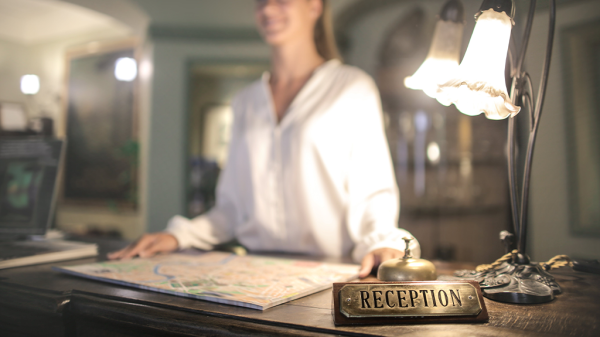













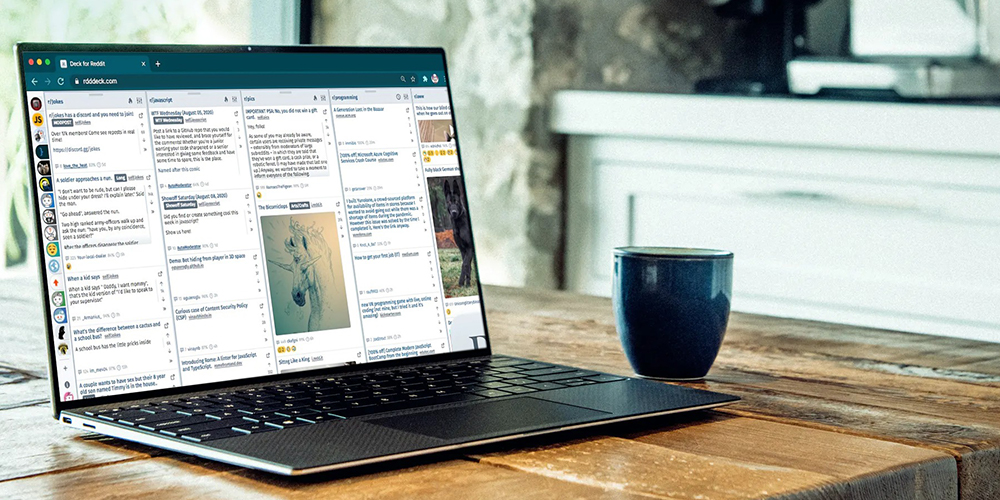


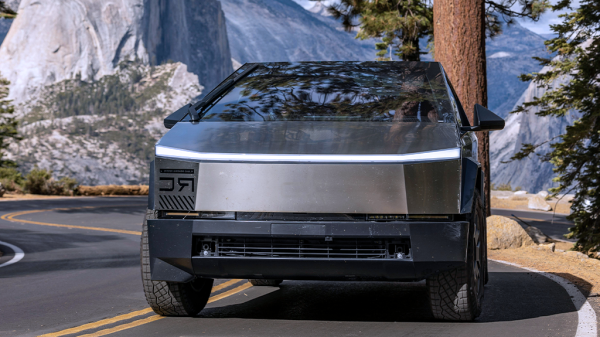



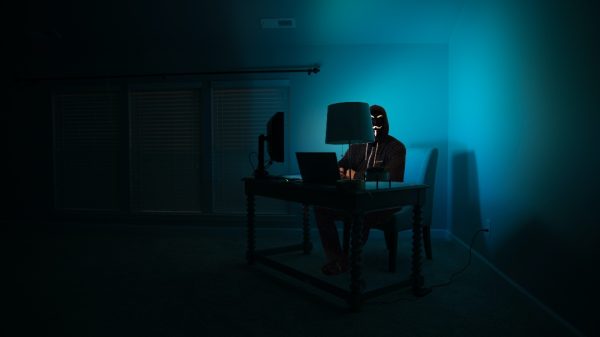



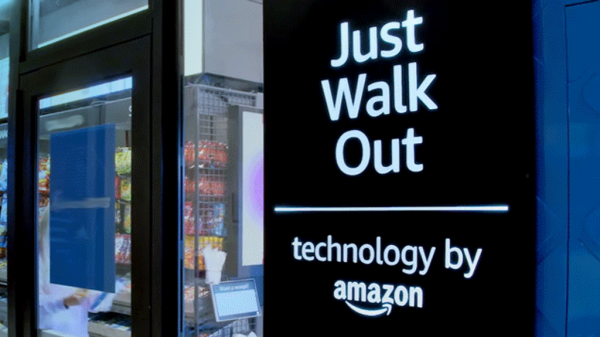



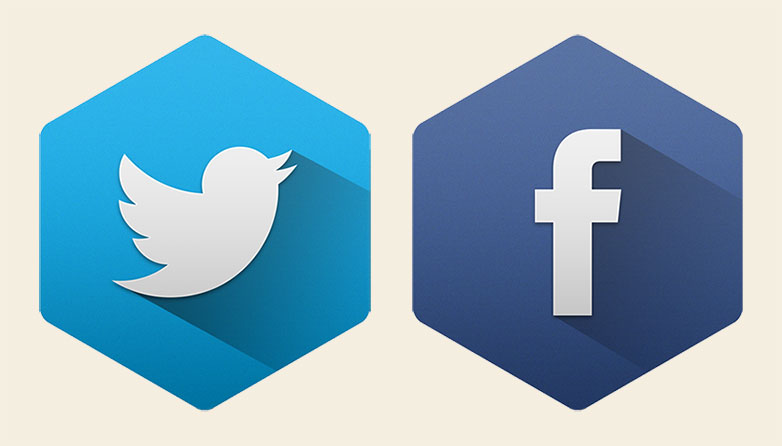



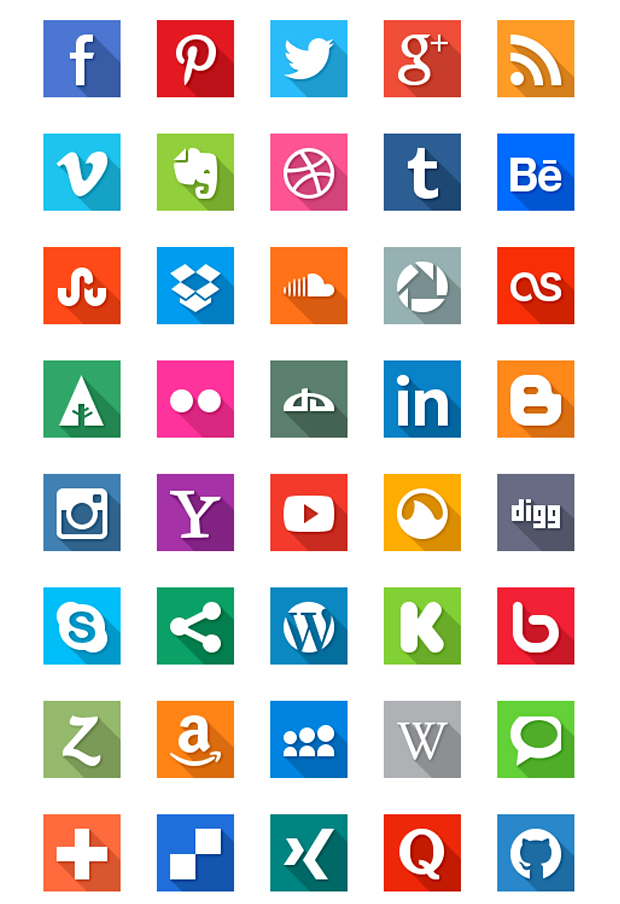







Tinu
August 1, 2013 at 2:54 pm
You touched on something critical here, Marc, one of those things that I know when I see it, but can’t seem to put into words. How do you know whether a design will stand the test of time?
What are some criteria for a “classic” look that will stand up after fads are long gone? Do you have some Don’t-Dos maybe?
halffiction
August 1, 2013 at 3:55 pm
@Tinu:disqus Simplicity and classic fonts – they’re classic for a reason.
Tinu
August 1, 2013 at 3:58 pm
I like that answer. I used to love Avant Garde but it must not have been classic because it’s out of vogue now. Bookstyle Antiqua close second.
Maestro BK
August 1, 2013 at 6:22 pm
Nice one!